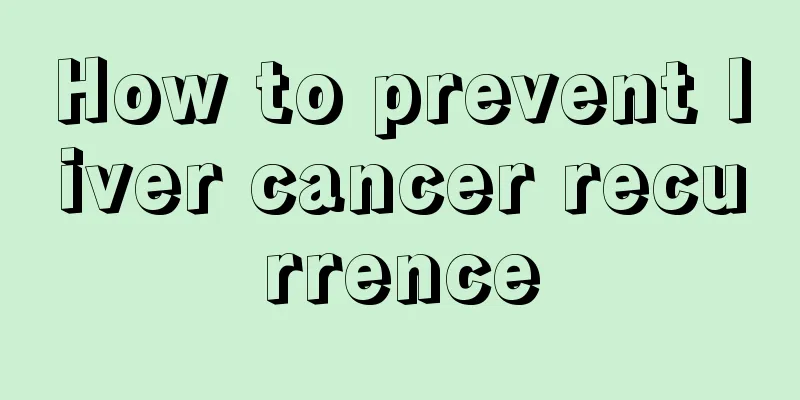How to wash your face with milk

|
Milk is rich in calcium, and drinking milk is very helpful to our health. In addition to replenishing the calcium needed by the body, milk also has some other benefits! Washing your face with milk is liked by many sisters, because milk can make our skin whiter, and the effect is very good. So how to wash your face with milk? What details should be done to make your skin whiter? How to wash your face with milk? There are many ways to wash your face with milk. Some friends like to wash it directly with milk, while others like to soak the mask paper in milk and then apply it to their face. Let us learn about the specific methods of washing your face with milk in detail. Sisters, let’s learn together. Methods/Steps The fastest and most direct method Pour the prepared milk directly into a basin of warm water and stir evenly. Then you can wash your face normally, with as little water as possible in the basin so that the effect of the milk can be more fully exerted. Consistently washing your face with milk can make your skin white from the inside out. Facial mask paper The facial mask is soaked in milk and then applied on the face for about 10 minutes. You can’t apply facial mask all the time, 2-3 times a week is enough. Shoot your face After cleaning the cotton pad normally, you can take out the milk and use it. Just lightly dip it in milk and pat it directly on your face. Keep patting your facial skin until the milk is completely absorbed, then wash your face again. Towel face After cleansing your skin, you can dip a towel in milk and then spread the towel containing milk ingredients on your face. You can take it down after 3-5 minutes. If you feel it is not enough, you can continue to use milk to apply on your face. Just wash it one last time This method moisturizes more thoroughly and makes the skin healthier. Milk + Honey In the cold winter, the skin is more prone to dryness, so it needs some moisture-locking moisturizing products. Honey has a very good moisturizing effect. After cleaning your skin, you can add 3-4 drops of honey to milk and mix well with your fingers. Then apply some on your face and massage it. When it is used up, apply more until your entire face is massaged. Just rinse it clean afterwards. Precautions It is not recommended to use expired milk. If you have acne on your face, using milk will aggravate the acne, so it is forbidden to use milk products. How to wash your face with milk? The article introduces several commonly used methods and steps. Friends must understand them. If you want to make your skin whiter, you can try the above method. When washing your face with milk, just follow the above steps. I believe our skin will become whiter and more tender. |
<<: How to choose a watermelon
Recommend
Does lymphoma affect pregnancy?
Lymphoma has various clinical manifestations. Alt...
A dietary therapy that is effective for the recovery of patients with colorectal cancer
Patients with colorectal cancer often experience ...
How to treat foreign body in throat?
Throat diseases bring great pain to the patient&#...
How to prevent liver cancer? This is the best way to effectively prevent lung cancer
Recently, many friends have said that "getti...
Does green tea relieve internal heat?
Green tea is a very popular tea beverage. It is p...
What should patients with rectal cancer pay attention to in their diet?
While rectal cancer is being treated, it is also ...
Why can't we eat pork neck
Pork is a common food on the Chinese table, and t...
What to do with lumbar scoliosis? Active prevention and treatment is the key
Lumbar scoliosis can be congenital or acquired. M...
Whitening secret recipe: Eat "black food" to easily get rid of dull skin problems
Do you want to whiten your skin and become a fair...
The difference between acute and chronic aplastic anemia
Perhaps few people have heard of aplastic anemia,...
Is endometrial cancer contagious?
Women are very afraid of uterine diseases because...
What are the physical cooling methods for 6-month-old babies?
Babies are very prone to fever because they have ...
Is lymph scraping good for the skin?
Gua Sha has a good health care effect and can tre...
Can I eat oyster sauce during breastfeeding?
Oyster sauce is an oily substance with a very del...
Why choose laparoscopic radical prostatectomy?
In recent years, the incidence of prostate cancer...









